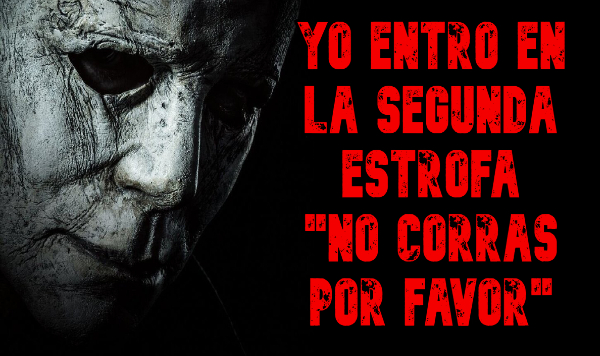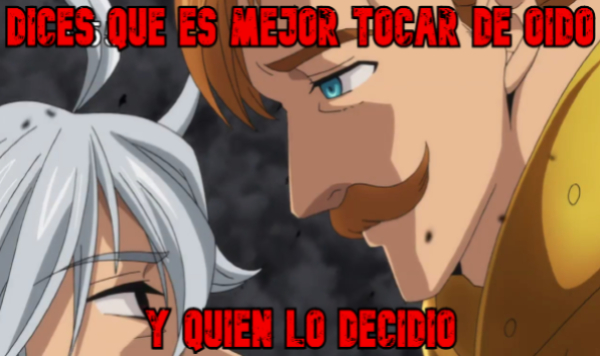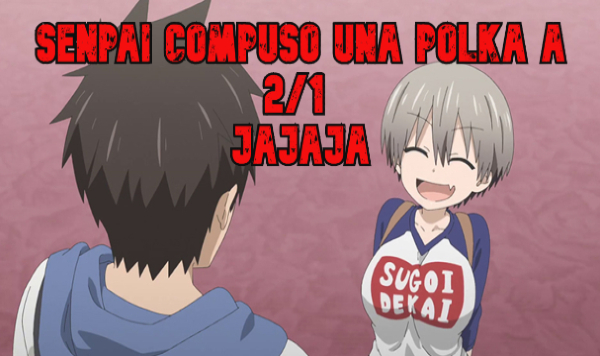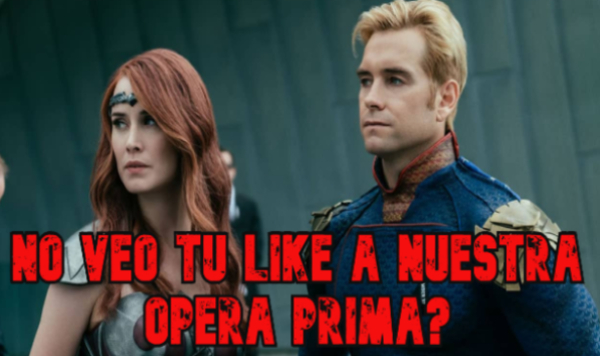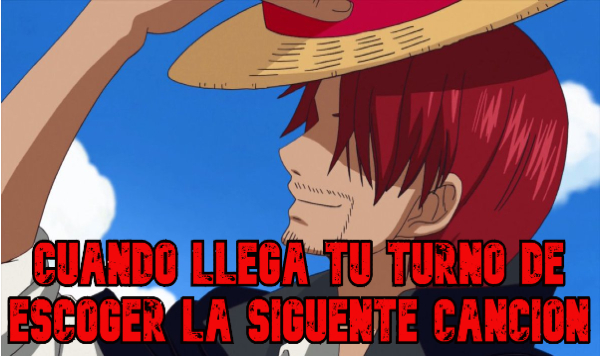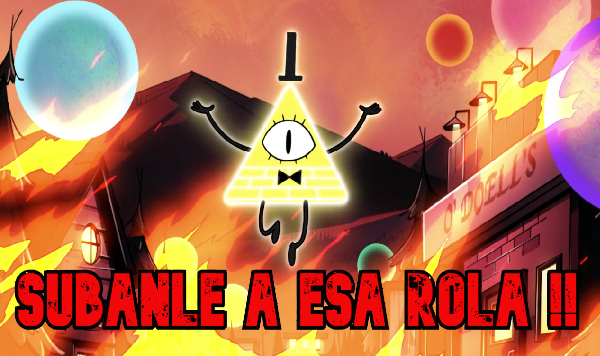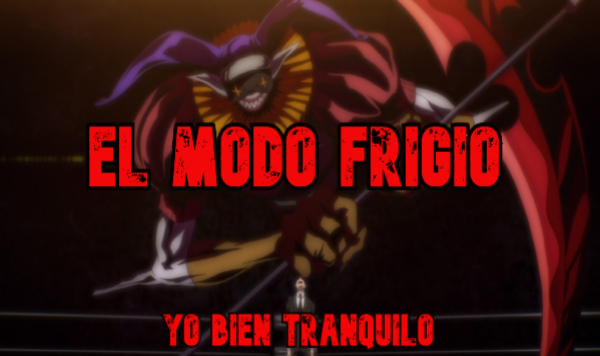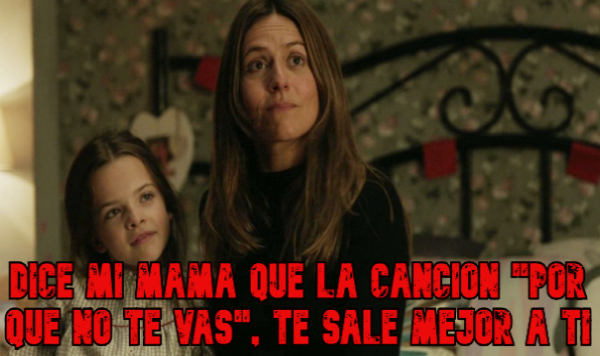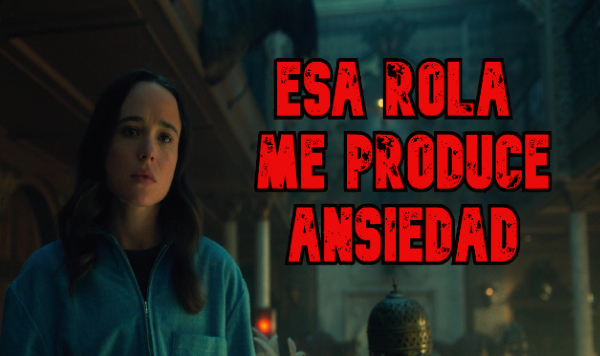
The successful video game “The Legend of Zelda: Ocarina of time” puts us in the role of Link, who in order to complete his goal of saving the land of Hyrule, must learn secret melodies which will allow him to travel through time, open temples and get some pretty useful items for our hero. This makes music (composed by the great Kōji Kondō) play a very important role in the experience of the game.
Link learns the “Bolero del fuego” thanks to Sheik in “Dead mountain crater”. Song that allows us to transport ourselves to the Crater of the Mountain of death before the entrance of the Temple of Fire. I clarify to start the analysis that it is not about the Cuban bolero (which is in 4/4) but rather the “Spanish Bolero” whose time signature is 3/4.
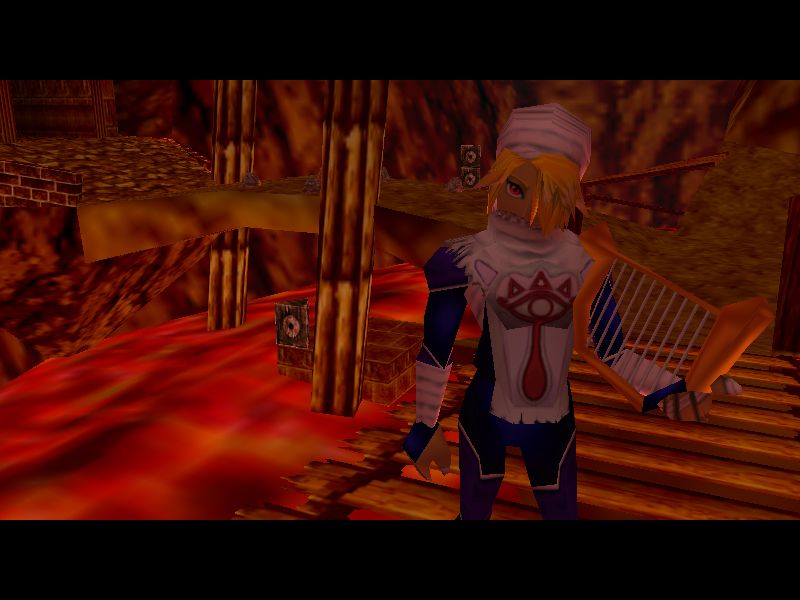
The main motif of the melody of the Fire Bolero is basically a combination of the notes of the Dm arpeggio (D - F - A):
F - D - F - D - A - F - A - F
It is very interesting that once the main motif of the work is touched, it then develops with other motifs that are obtained by using repetition and sequence.
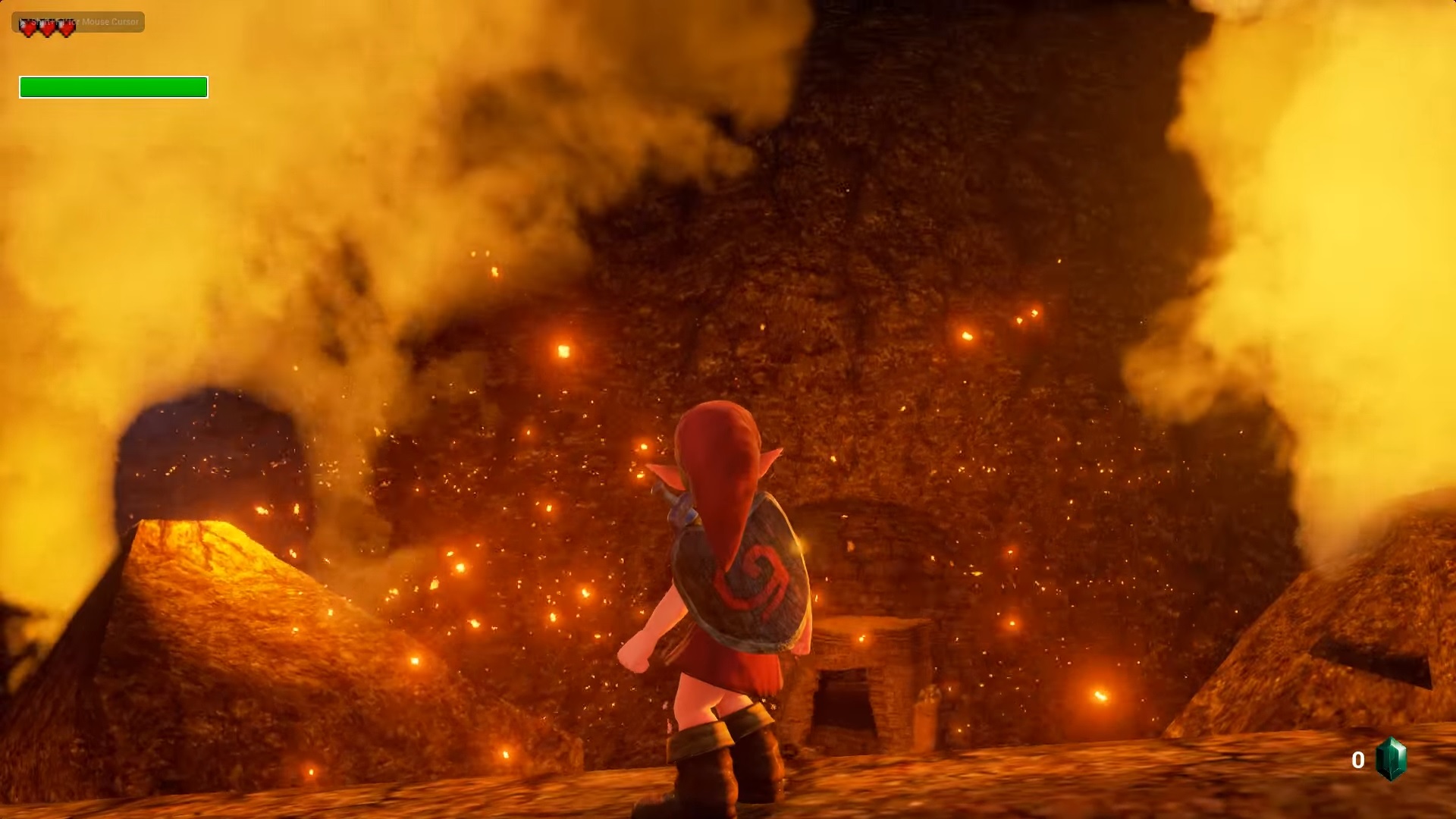
Repeating is, as its name says, doing the same, but when it comes to manipulating melodic motifs, using the sequence is a great option, it consists of maintaining the same interval classification (3rd, 4th, etc. etc) and starting from another note, obviously moving it within the key. To understand it, let’s see the Dm scale:
D - E - F - G - A - Bb - C - D
Now the main motif starts in the 3rd grade (F), the new motif starts in the 4th grade (G). this means 1 grade higher on the scale. So for the sequence to be achieved, everything that remains of the melody must go up 1 degree within that scale. Getting so:
G - E - G - E - Bb - G - Bb - G
The following melodic motif begins with another sequence, but then develops according to the chords of the song, this harmony goes as follows:
Dm | Dm | Em (b5) | Dm | A7 | D |
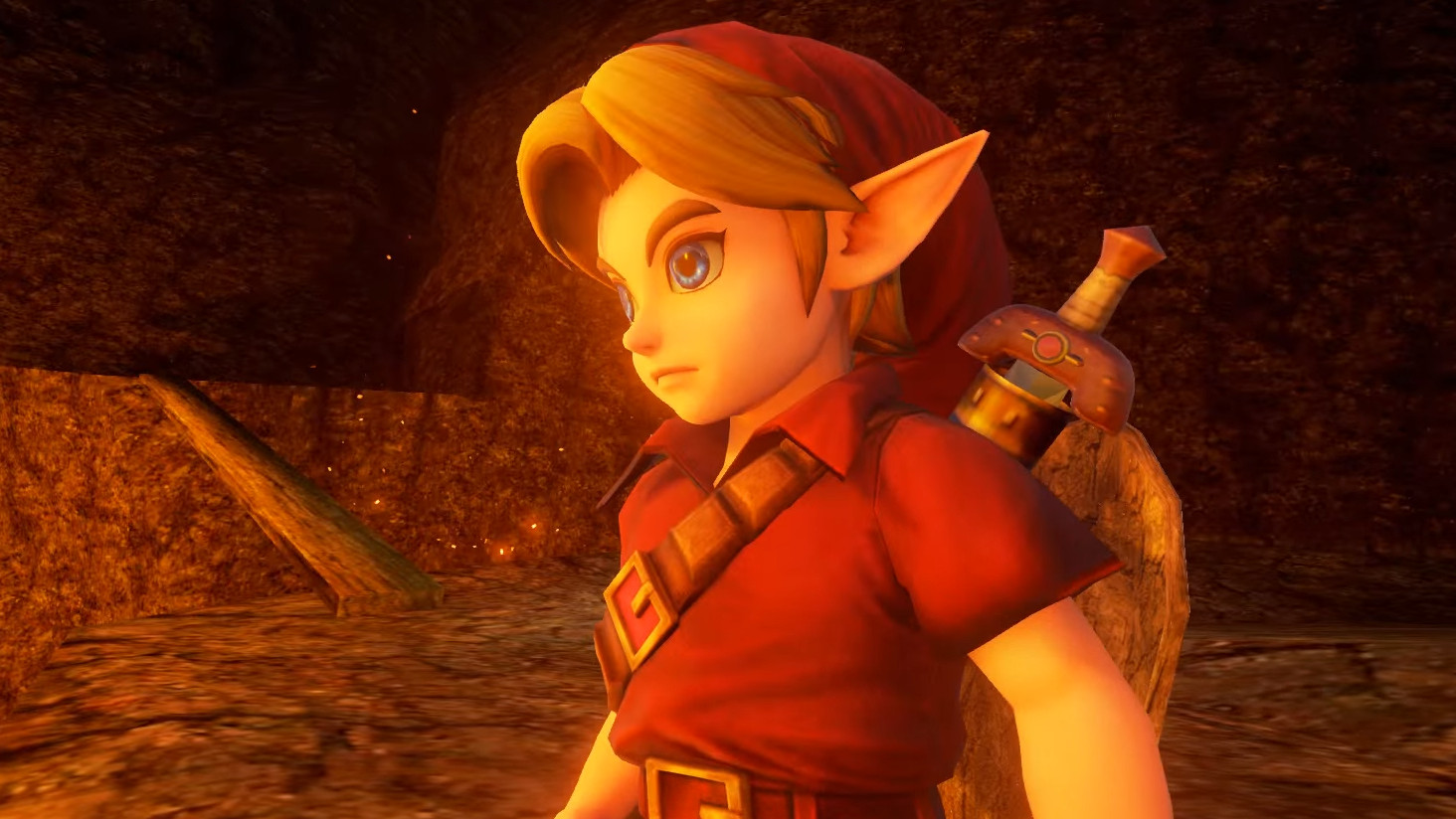
Here it is worth mentioning the use of the V7 (A7) that comes from harmonizing the harmonic minor scale of D (D - E - F - G - A - Bb - C # - D) being this a chord with much desperation to resolve to the degree Im ( Dm), but what makes this ending attractive is that instead of solving Dm it surprises us with the use of the “D” chord, which is the head of the major key. This impact is very brilliant and is known by the name of “Cadence of Picardy”.
Successes
Social Media Author: Pablo Bobadilla Rider


